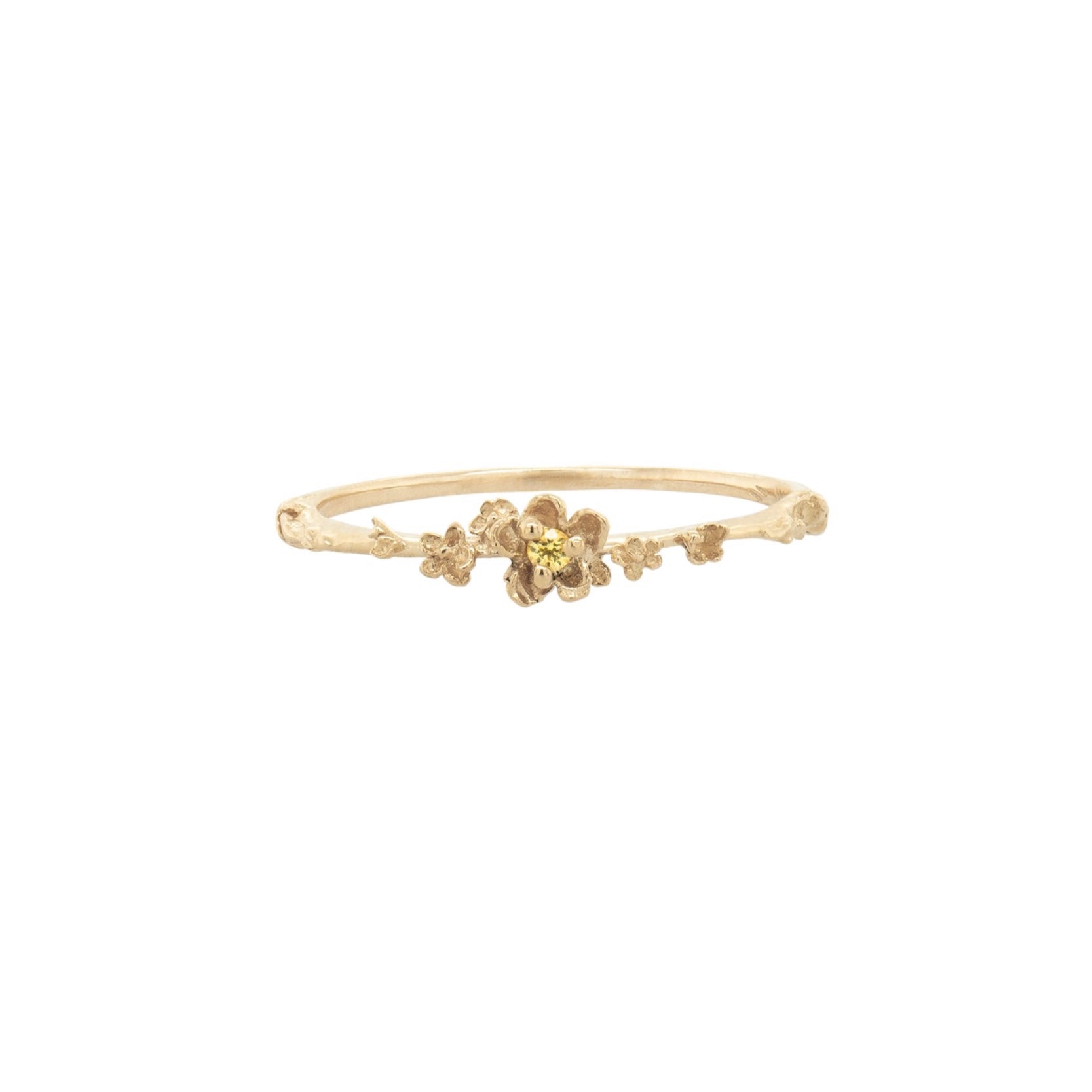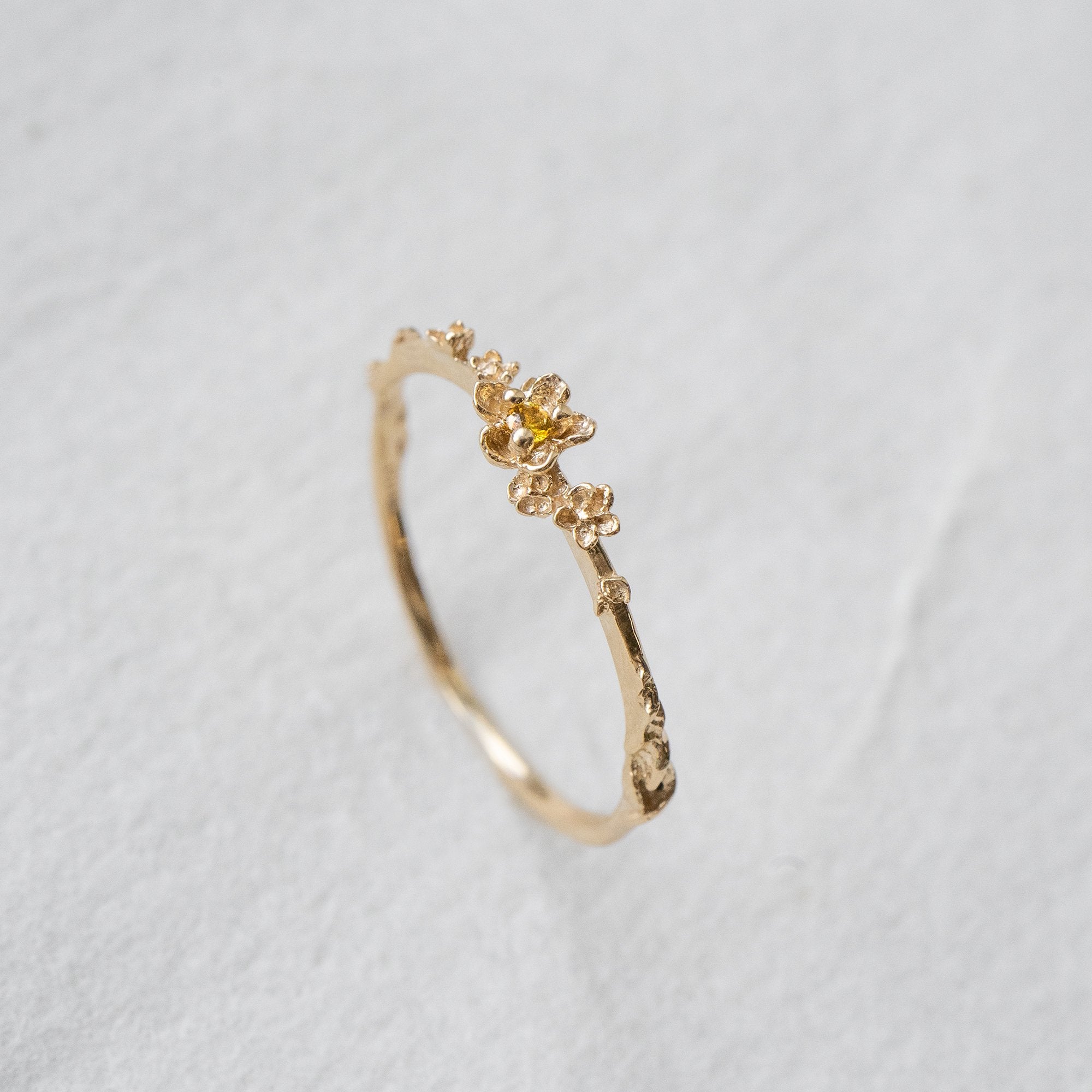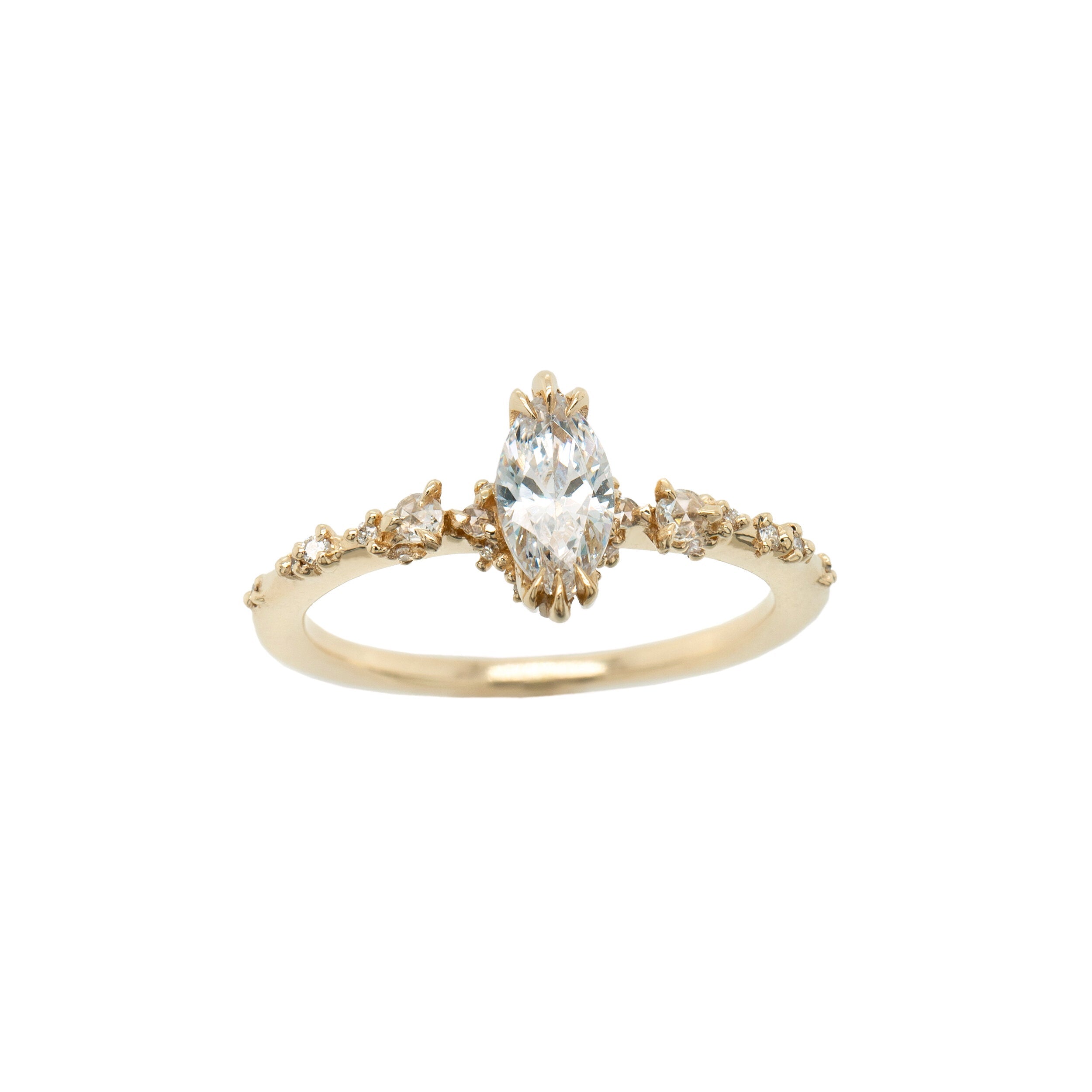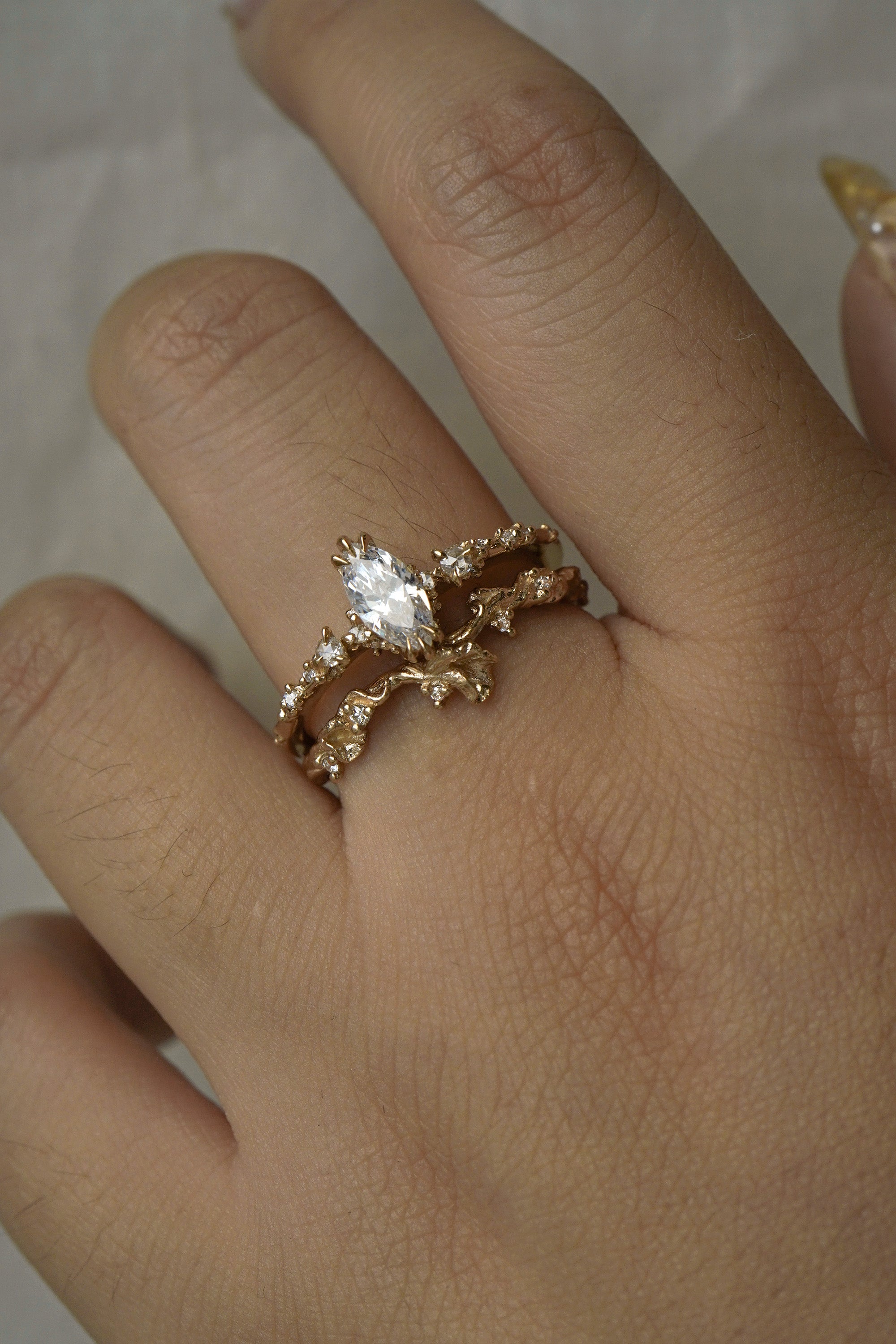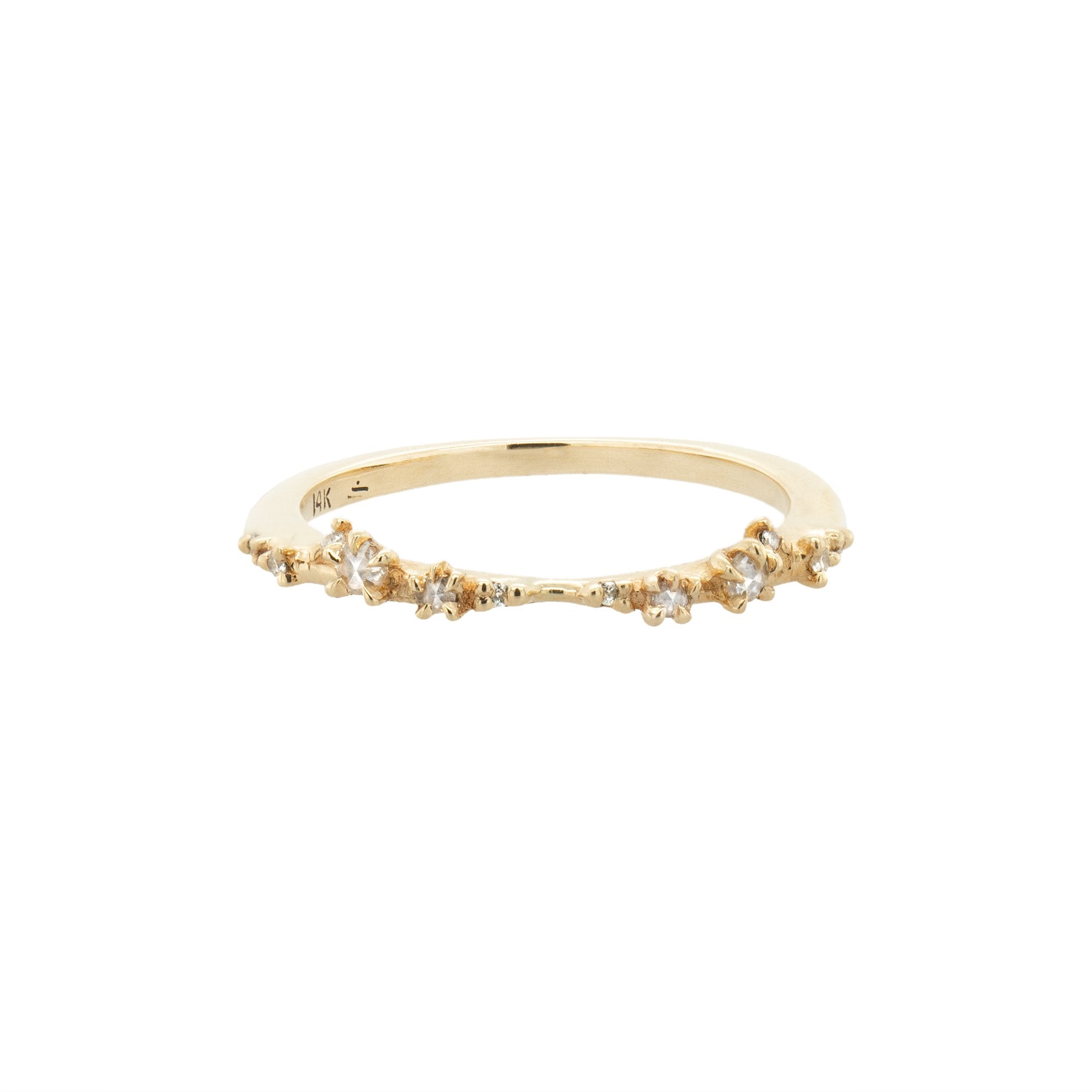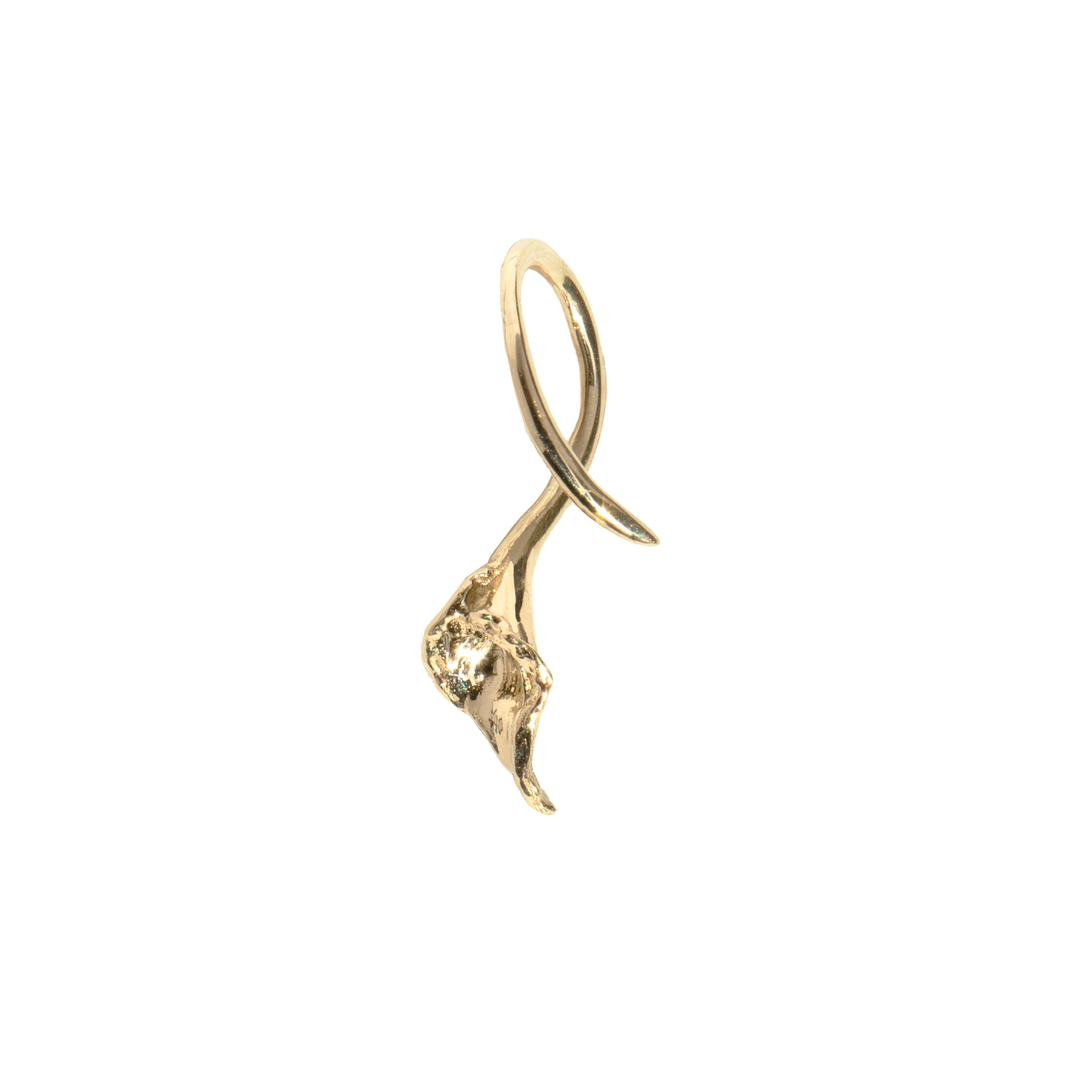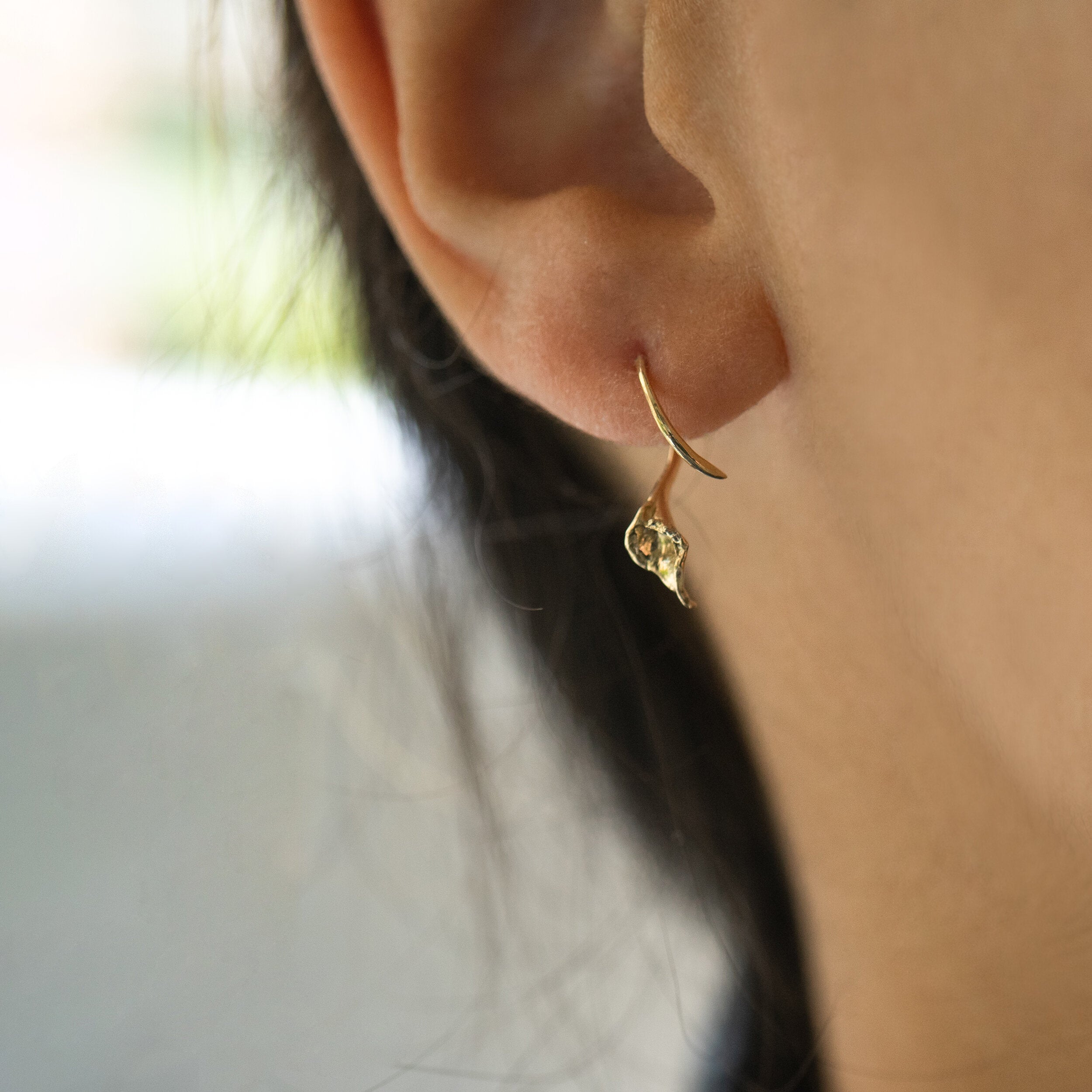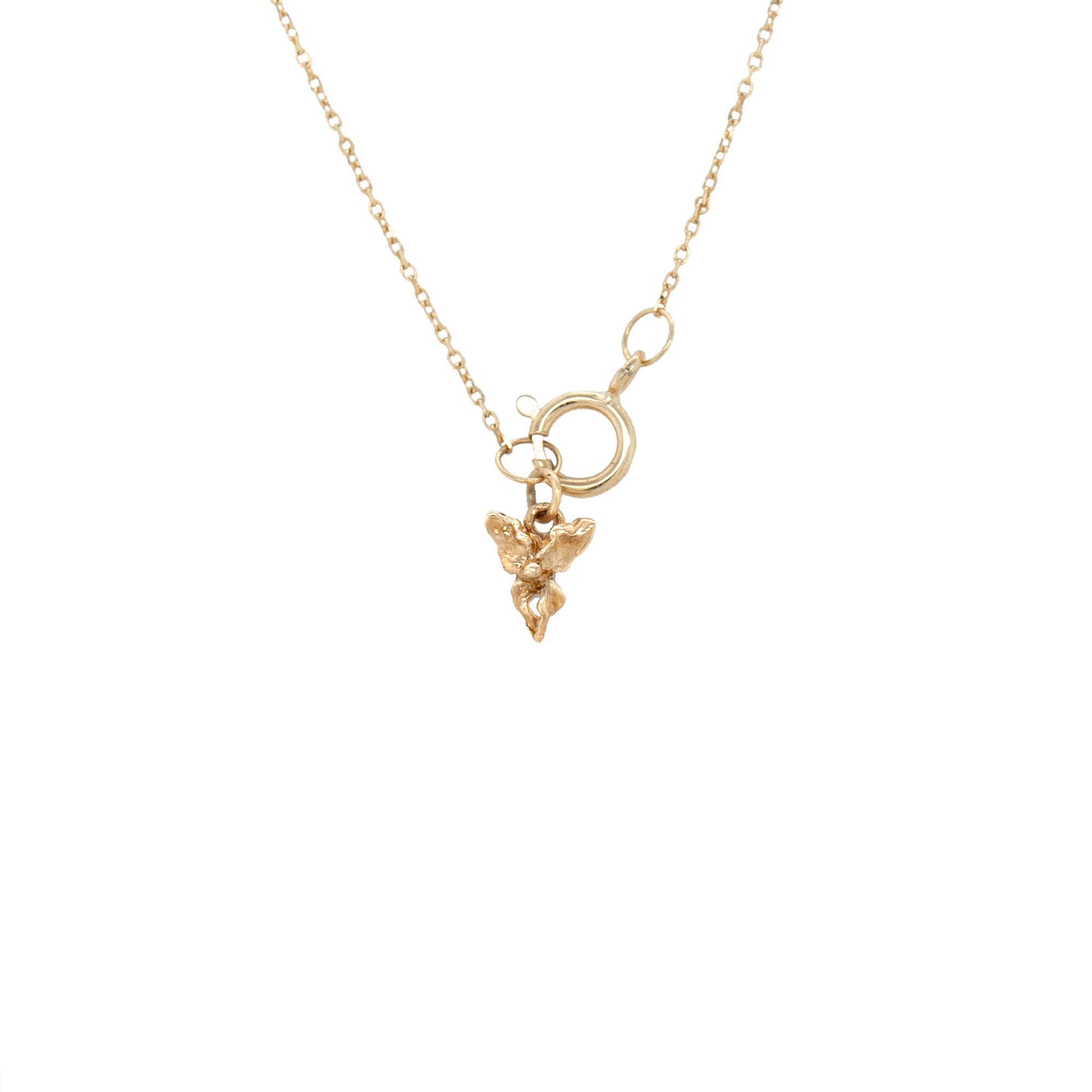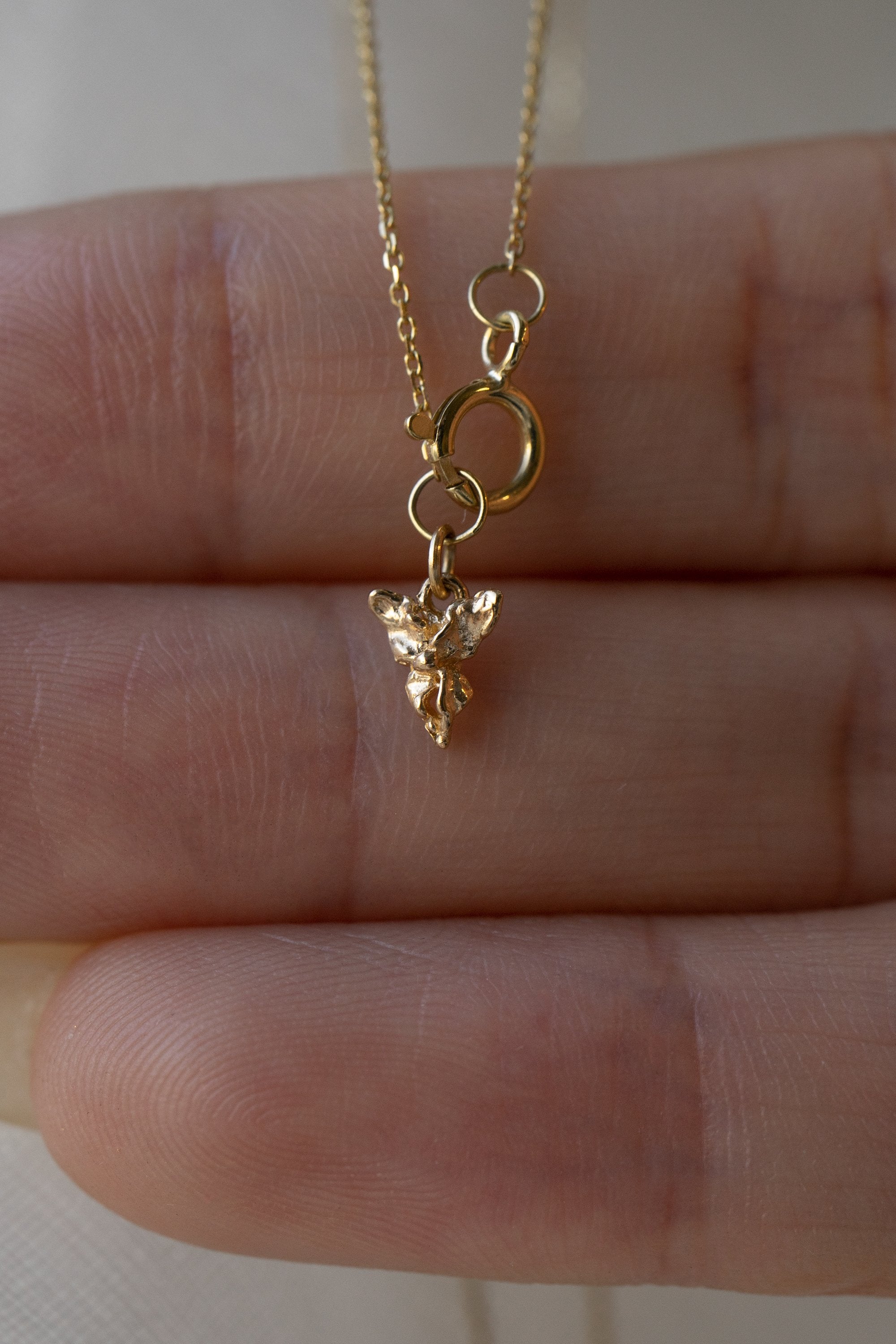While it’s uncommon, gold can sometimes cause some harmless skin discolouration to the wearer. Laurie Fleming Jewellery is made with solid 14k gold, which means that 58.3% of the metal alloy (the mix of metals that are melted together) is pure gold, while the rest are other metals that make the gold more durable and can change its colour. This is a good thing, because pure gold is much, much too soft for wearing as jewellery. 14k gold is the most popular alloy because it strikes a lovely balance between metal colour and durability.
Since gold alloys can have different "recipes" (the percentages of the various metals included in the mix) you might find 14k yellow gold jewellery from one designer has no problems, while 14k yellow gold jewellery from another designer causes discolouration. Neither gold is "better" or "higher quality" than the other; they're both solid 14k gold, they simply use different "recipes" which are reacting differently to external influences. To learn more about gold karat, alloys, and recipes, check out this post.
Possible Causes
Metallic Abrasion
Metallic abrasion is the process that happens when tiny particles of metal rub off of your jewellery. When these metal particles come into contact with an absorbent surface like fabric or skin, they can leave behind a greyish, greenish, or even black smudge.
The cause of metallic abrasion is usually cosmetics or personal care products, such as perfumes, oils, creams, lotions, and makeup. These products can contain compounds that are harder than the gold alloy, and when they come into contact with friction, they can wear away or rub off gold particles.
The best way to avoid metallic abrasion is to change the products you're using, and/or avoid letting those products come into contact with your jewellery. Ideally, remove your jewellery when applying these products, and if possible, wash the area (such as your hands, for rings) before putting the jewellery back on. If it's a product you can't or don't want to wash off (such as sun screen or hand cream), try to avoid wearing your jewellery with that specific product, or try switching to an alternative product with different ingredients.
The most common cause of metallic abrasion is zinc oxide (commonly found in sunscreens, especially mineral, as well as skin creams, lotions, and makeup). If your jewellery is suddenly leaving discolouration on your skin, it's very likely a skin care product with an ingredient that is abrading the gold.
(The mark in the photo above came from a solid 14k yellow gold ring that was worn after applying mineral sunscreen, which contains zinc oxide. Of the three 14k yellow gold rings worn on that hand, only one of them left behind a black mark.)
Corrosion
While gold itself does not corrode, most gold jewellery is composed of an alloy consisting of gold mixed with other metals. Those other metals can react with a variety of environmental factors by corroding. This results in a black or greenish tarnish that can rub off onto your skin.
The causes of corrosion are usually environmental. The skin’s pH level can vary from person to person, and it can change due to diet and medication, as well as fluctuate weekly due to hormones. When you sweat, fats and fatty acids are released that can corrode gold jewellery, especially when combined with warm temperatures and air pollution. Gold can also be more susceptible to corrosion if you live in a coastal or tropical area, where the humidity results in increased chloride in the atmosphere, or if you live in an area with especially hard tap water that contains certain minerals. Chlorine from swimming pools and hot tubs is especially harmful to gold jewellery, so it should always be removed before swimming.
Certain detergents and soaps can also corrode gold jewellery, so you should remove your jewellery when cleaning or doing anything where you might come into contact with chemicals. Keeping your skin clean and dry is the best way to prevent corrosion, and cleaning your jewellery regularly can help prevent tarnish.
The most common cause of gold corrosion is chlorine (found in household cleaners, laundry detergents, bleach, pool and hot tub water, and tap water), which is why it's important to remove your jewellery before swimming and to never use bleach to clean your jewellery (and never wear your jewellery while using bleach products). Jewellery that has been repeatedly exposed to chlorine can become brittle and snap (such as prongs or bands). Jewellery left in bleach for many hours can be damaged beyond repair and in some cases will even dissolve.
So what next?
Having your gold jewellery leave black marks on your skin is an annoying, but ultimately harmless, occurrence. It's quite rare, but if it's happening to you, you can try to figure out what might be causing it based on the descriptions above and see if there are any products or habits you can change to reduce the effect.
Keeping your skin clean and dry will resolve the issue in most cases! Removing your jewellery before bathing, swimming, exercising, applying products, and cleaning can reduce the possibility of your jewellery coming into contact with sweat, minerals, or chemicals that can abrade or corrode the metal.
Zinc oxide and Chlorine are not the only the chemicals that can negatively impact your gold jewellery, but they are likely the most common ones you will encounter in your day to day life. Zinc oxide is especially popular in skin care products currently. If your gold is suddenly leaving dark marks on your skin when before it did not, discontinue use of any new products in your routine and see if the issue resolves.
Since chemicals can also get caught between your skin and your jewellery (especially for rings) it's a good idea to remove your jewellery regularly and clean it with a gentle dish detergent (like Dawn) and a soft toothbrush. Pat dry before wearing again.
What if it's the gold itself that's getting discoloured?
The most common places to see discolouration on gold jewellery are the posts of earrings and the inside of hollow rings. This tarnish is from the humidity, fats, and fatty acids that are all a part of your body's natural makeup. This discolouration is very normal and, in most cases, unavoidable; we usually recommend ignoring it as it isn't visible.
Tarnish can be removed with a polishing cloth, but when you do, you are removing the top layer of gold, and over polishing can make the piece thinner and lose details. For something like an earring post, which is usually only 1mm, there isn't much metal you can safely lose, and if the post becomes too thin, the backings will no longer fit securely, increasing the risk of loss.

